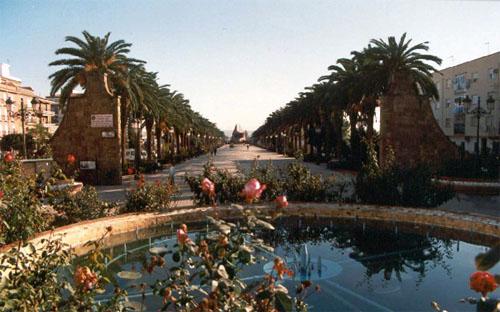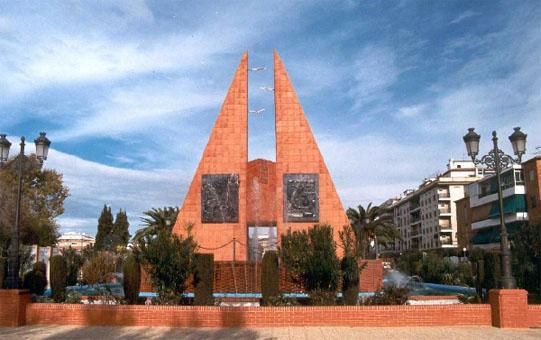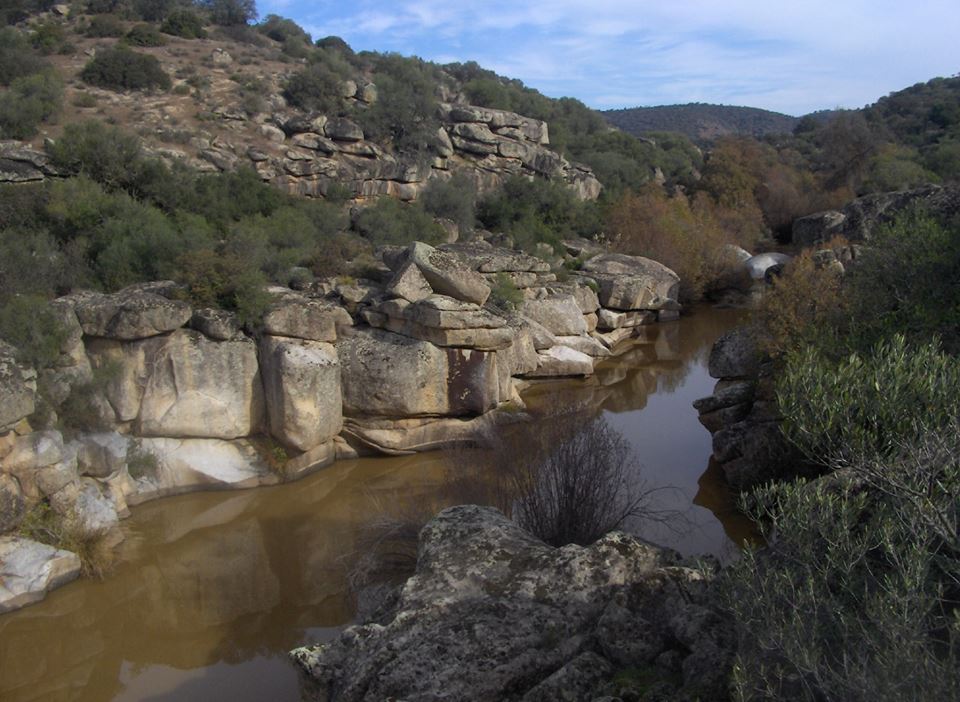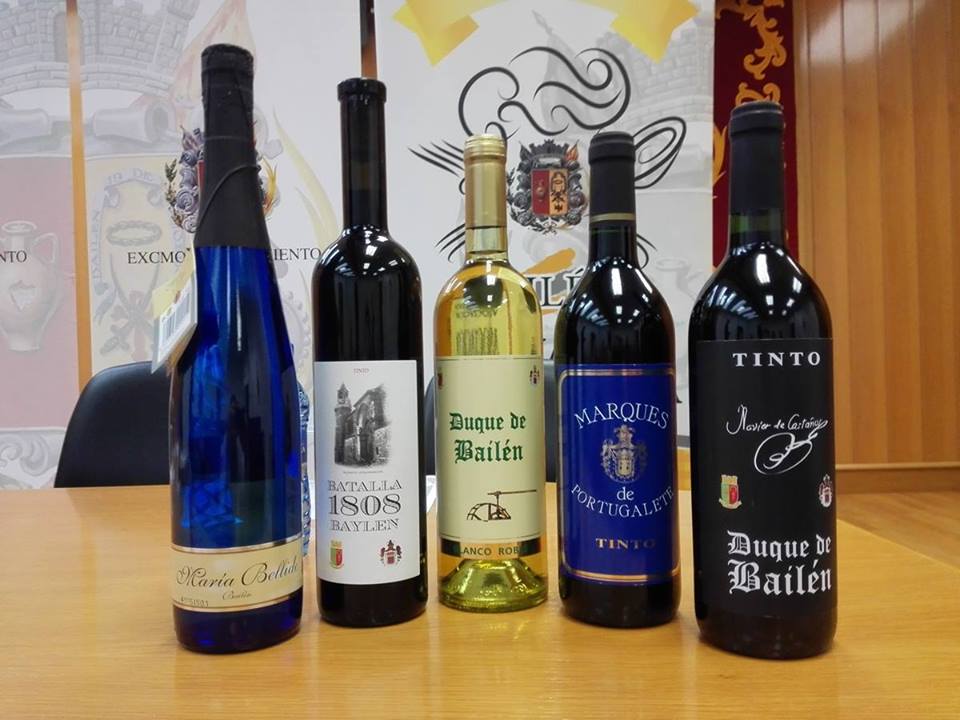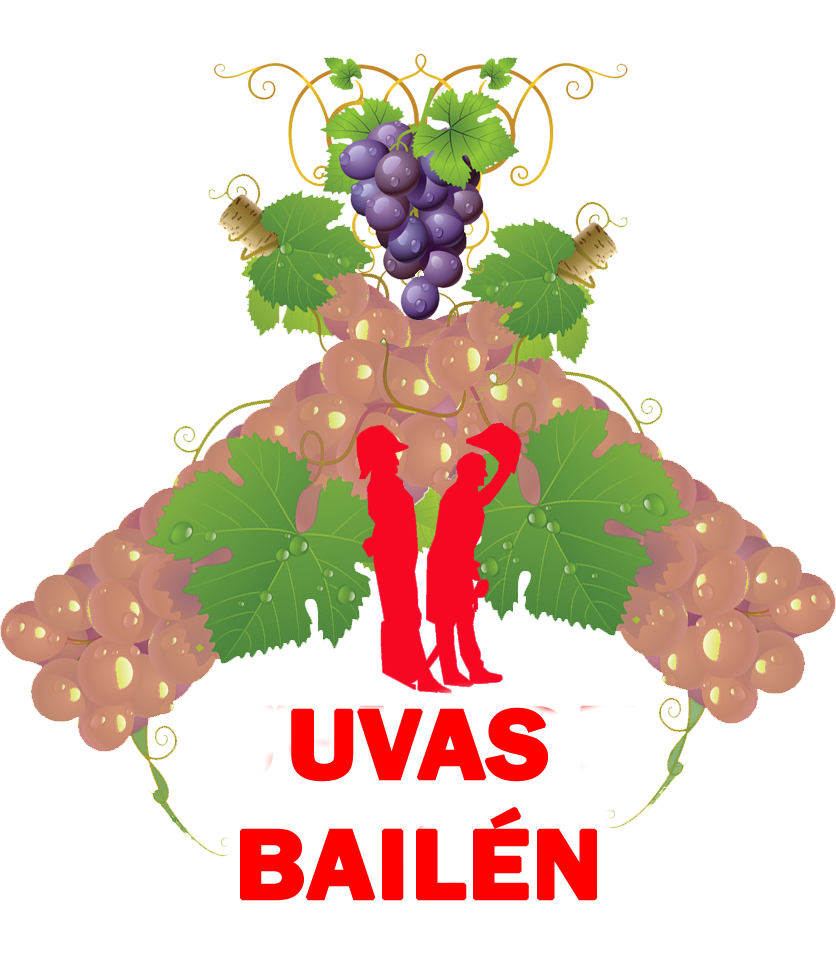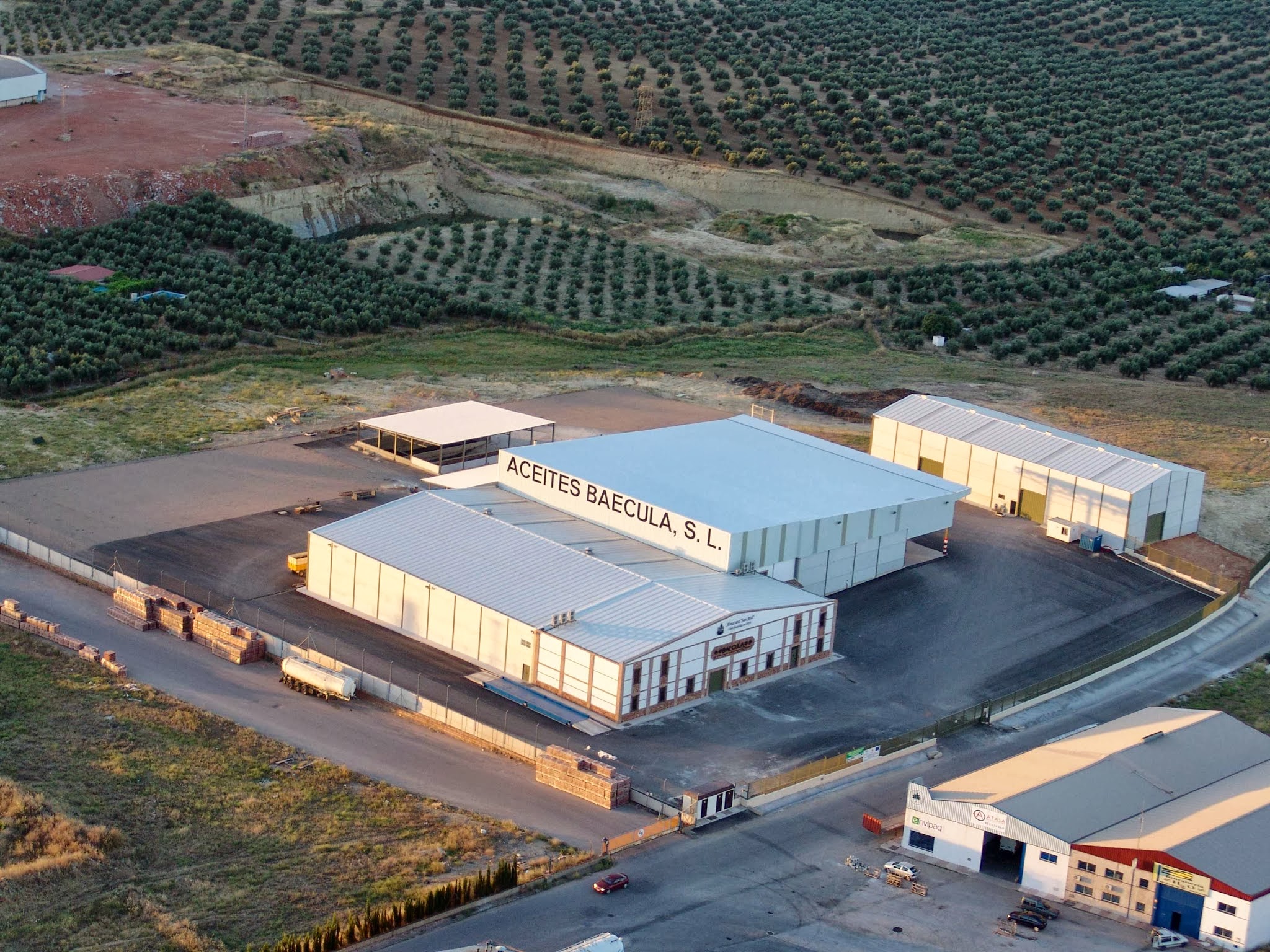Bailén
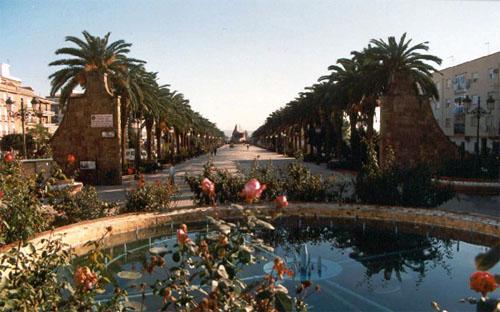
Important crossroads at the foot of the Sierrra Morena Mountains in the main route between Andalucía and Castille.
It is a city which combines new industries with the traditional life which depends on agriculture and the olive tree.However, it preserves interesting monuments such as the Castle, the Church of la Encarnación, and the Chapels of Nuestro Padre Jesús, of Santo Cristo, of la Soledad and of San Juan.
History
It originates from a Tartessian settlement called Barrito. The Phoenicians also knew it by this name. The Greeks called it Baikol and the Romans Baécula-Caecilia or Baecula-Baetica. All these civilizations worked its lead, silver, gold and copper mines.
In Roman times, the Carthaginian General Asdrubal Barca was defeated by the Roman Publio Cornelio Escipion "the African" in the year 208 B.C., from which time, part of the Iberian Peninsula fell under Roman rule.
In the al-Andalus period, the village was fortified with the building of the castle.
Pero Ponce de Leon bought the city from King Alfonso XI in 1349.
In the same year, it was in conflict with Baeza over territorial boundaries. Fernando "the Catholic King" settled the annual payment of 2000 fanegas of wheat, a payment that continued until the end of the 19th century.
During the War of Independence, in1808, a battle took place here between the Napoleonic forces and an improvised army of Andalusian volunteers under General Castaños. This was the first defeat of the French troops, which shook all of Europe. Don Jose de San Martin and Simon Bolivar, future liberators of South America, fought in this battle.
Eminent citizens
Felipe de Neve, adventurer.

- Max 14
- Min 11
- Max 57
- Min 51
- °C
- °F

